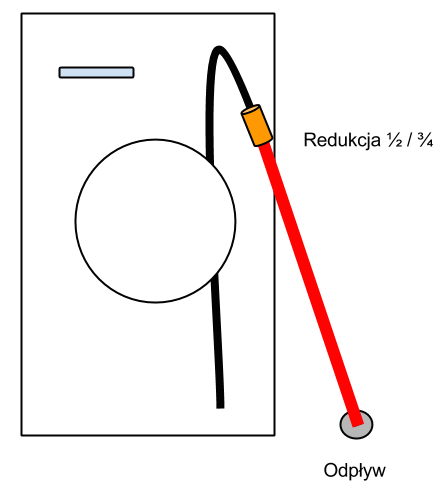Hello,
My washing machine drain is placed very low (basically at floor level, no idea who came up with it), the effect is that water is lost from the washing machine while washing. Is there any way to solve this problem without breaking down the walls and raising the drain?
Ps. Just raising the hose higher at the back of the washing machine does not help because it is already routed by the manufacturer to the very top, but since it is usually full of water, the effect is when draining the fuel - water still flows....
Thank you for your help!
My washing machine drain is placed very low (basically at floor level, no idea who came up with it), the effect is that water is lost from the washing machine while washing. Is there any way to solve this problem without breaking down the walls and raising the drain?
Ps. Just raising the hose higher at the back of the washing machine does not help because it is already routed by the manufacturer to the very top, but since it is usually full of water, the effect is when draining the fuel - water still flows....
Thank you for your help!




